In August, Volvo and Uber established a venture to build base vehicles that could be used as a platform for fully autonomous cars. The first vehicles were tested successfully in Pittsburg, Pennsylvania – now the companies have moved onto The City by the Bay, where self-driving XC90 SUVs are in operation.
As part of the pilot program, the XC90s will travel around San Francisco autonomously but an Uber technician will be in the vehicle at all times.
The expansion marks a deepening relationship between the two companies.
“The promise of self-driving ride sharing is becoming a reality,” said Mårten Levenstam, Vice President, Product Planning, Volvo Cars. “Volvo is proud to be at the forefront of the latest developments in the automotive world alongside our partners at Uber.”
Technological Trifecta
Currently, Volvo is invested in three rather prolific autonomous driving endeavors. The first is the relationship with Uber, where both pledged a combined $300 million USD to the project. Volvo produces the base vehicles, which are then purchased by Uber. Upon arrival, Uber outfits them with their own self-driving technology package.
Uber and Volvo will use the same base vehicles for their individual and ongoing autonomous programs.
Volvo’s fully modular Scalable Product Architecture, stylized as “SPA,” serves as the foundation for the San Francisco pilot vehicles. SPA spent 4 years in development at Volvo as part of the automaker’s 11 billion dollar transformation plan; the all-new 2016 XC90 was the first Volvo to emerge with a SPA foundation.
Strategic Architecture
SPA allowed Volvo’s designers more freedom, no longer hindered in areas like the wheelbase, overhang, or vehicle height. SPA provides more interior room by minimizing intrusion of various components, especially battery packs. Perhaps the most beneficial aspect of SPA for the Volvo and Uber partnership is how it includes an innovative electrical architecture; framework if you will to raise the vehicle’s intelligence level.
This electrical architecture accommodates a wide range of technology, from sensors and cameras, to advanced safety and driver assistance features.
“We have created a single nerve system with full control over all the connections in the vehicle,” commented Dr. Mertens, Senior Vice President, Research and Development, Volvo Car Group in April 2014.
In other words, the XC90 vehicles Volvo is building for Uber are the perfect companions for the transportation company’s autonomous technology.
Massive Experiments
The next venture on Volvo’s autonomous driving agenda is Drive Me, billed as the world’s largest autonomous driving test. Drive Me will provide up to 100 vehicles to the public to be driven around Gothenburg, Sweden. The individual experiences will be studied and later used to co-develop Volvo’s autonomous cars.
The automaker debuted a similar program in China earlier this year.
New Endeavors
Finally, Volvo has a entered a partnership with Autoliv to establish a new, jointly-owned company. The new company will design and manufacturer separately-branded driver assistance technology packages for sale to third party OEMs. With headquarters in Gothenburg, Sweden, the first 200 or so employees will be split from Volvo and Autoliv.
The company is expected to start operations early next year with the workforce eventually increasing to 600.
For now, San Francisco residents who need a ride may well end up getting escorted around as part of this pilot program. The XC90s should be easily visible with their roof-mounted control apparatuses.
Carl Anthony is Managing Editor of Automoblog and resides in Detroit, Michigan.
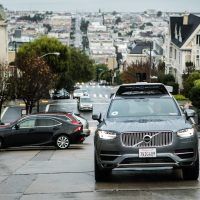
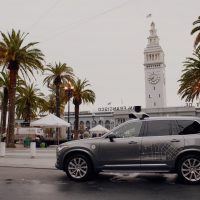
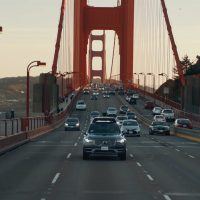
from Automoblog.net http://www.automoblog.net/2016/12/15/volvo-uber-launch-self-driving-pilot-services-in-san-francisco/
via IFTTT
from Tumblr http://peternpalmer.tumblr.com/post/154507561601
via IFTTT
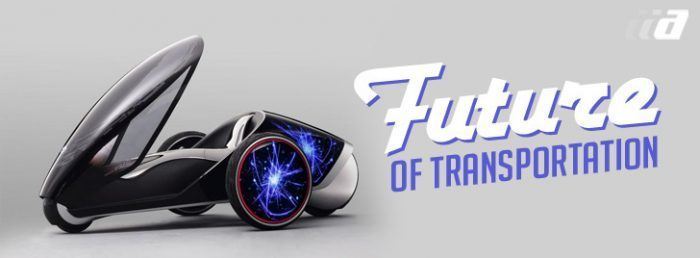
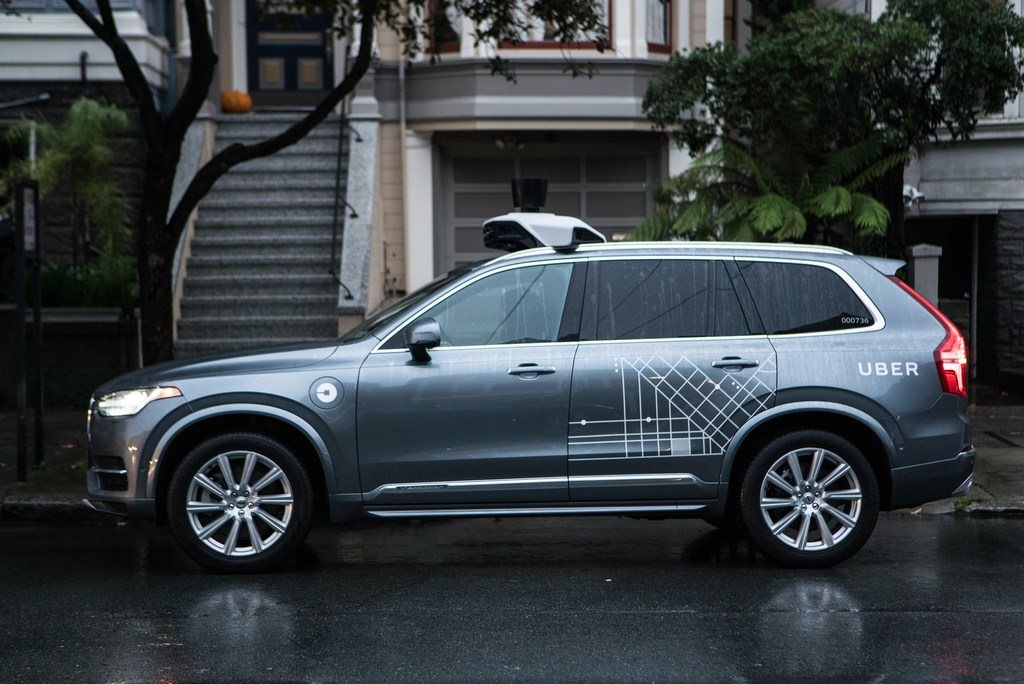
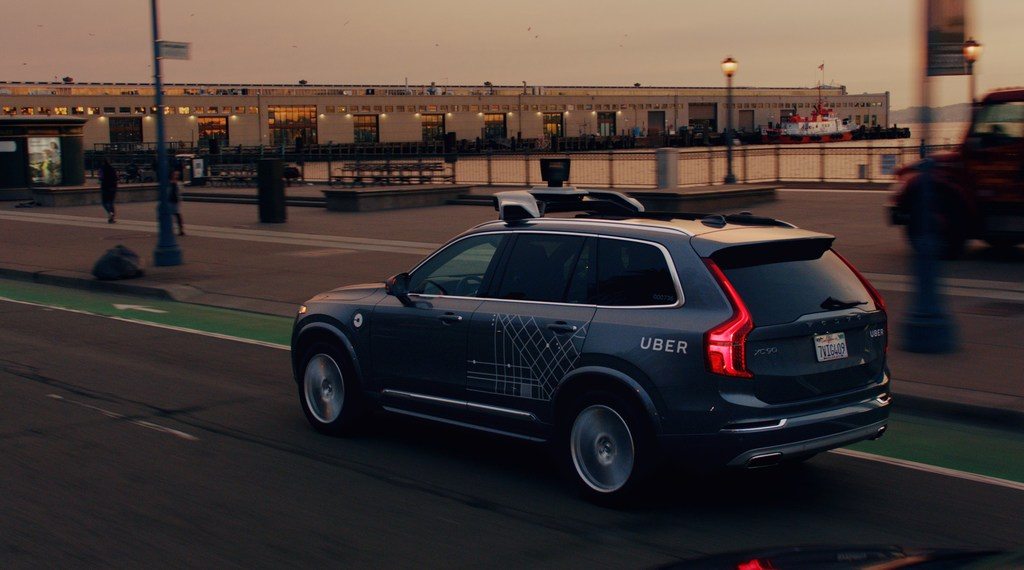
No comments:
Post a Comment